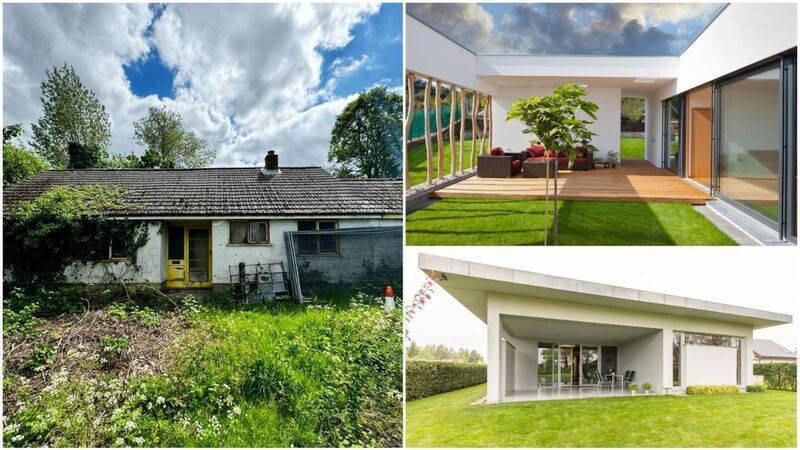Home Q&A: How can I get a grant to turn a vacant property into my dream home?

Providing an average payment of €50,000, the VPRG offers a useful sum towards creating a home from a neglected bungalow or even period property. For the latter, also explore the pilot programme for energy renovation to heritage properties offered through the SEAI. File pictures
Here are frequenly asked questions about the Vacant Property Refurbishment Grant. Always defer to local property professionals for detailed advice and take independent financial advice before proceeding.













